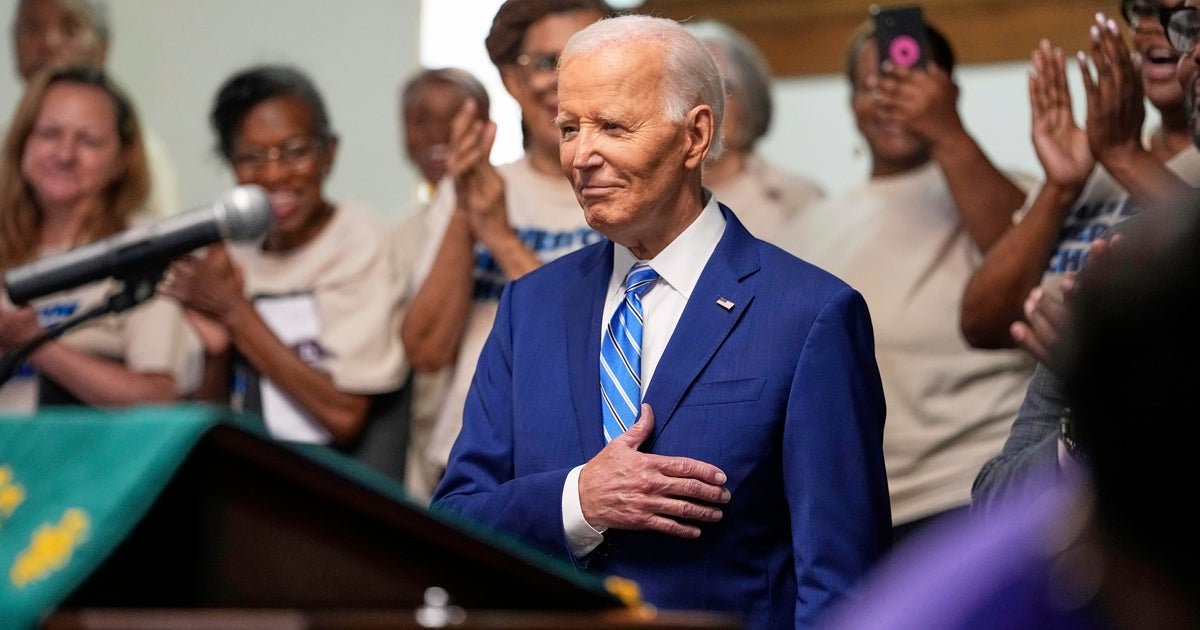A worker handles sacks of brown rice at a Shinmei Co. plant in Kawaguchi, Saitama Prefecture, Japan, on Tuesday, Sept. 24, 2024. Bags of rice are expected to start filling the shelves of Japan’s supermarkets again soon as farmers harvest their new crop, though the increase in supply will do little to tame higher prices. Photographer: Kiyoshi Ota/Bloomberg via Getty Images
Bloomberg | Bloomberg | Getty Images
Rice prices in Japan more than doubled in May, spiking 101.7% year over year and marking its largest increase in over half a century.
The huge spike follows a 98.4% increase in April, and a rise of 92.1% year over year in March.
Japan’s rice prices have been in the spotlight in recent times, with the government releasing emergency stockpiles to moderate the price of the country’s staple food.
The surge in rice prices comes as Japan’s core inflation rate climbed to 3.7% in May, marking its highest level since January 2023.
The figure — which strips out costs for fresh food — was higher than the 3.6% expected by economists polled by Reuters, and is above April’s reading of 3.5%.
Headline inflation came in at 3.5%, lower compared to the 3.6% in April. This marks the 38th straight month that inflation has run above the BOJ’s 2% target.
The so-called “core-core” inflation rate, which strips out prices of both fresh food and energy and is closely monitored by the BOJ, climbed to 3.3% from 3% in the month before.
Kei Okamura, a portfolio manager at Neuberger Berman, said that the inflation numbers were not unexpected given the rise in food prices.
“We are of the view, though, that over the next several months, we should see a waning of these price pressures from foodstuffs,” he said on CNBC’s “Squawk Box Asia“.
He added that rising geopolitical tensions in the Middle East could also have an impact on energy prices.
The inflation figure comes as the central bank held rates at 0.5% after its monetary policy meeting earlier this week, although it said in its statement that moves to pass on wage increases to selling prices have continued, propping up core inflation.
BOJ Governor Kazuo Ueda reportedly told Japan’s parliament last week that the central bank will continue to raise rates “once we have more conviction that underlying inflation will approach 2% or hover around that level.”
However, the bank is forecasting that inflation will be expected to wane moving forward, adding that “underlying CPI inflation is likely to be sluggish, mainly due to the deceleration in the economy.”
Separately, Japan’s GDP also shrank 0.2% in the quarter ended March compared to the preceding period as exports declined, marking the first time in a year that the economy contracted on a quarter-on-quarter basis.
#Rice #prices #double #Japan #core #inflation #jumps #highest #levels



